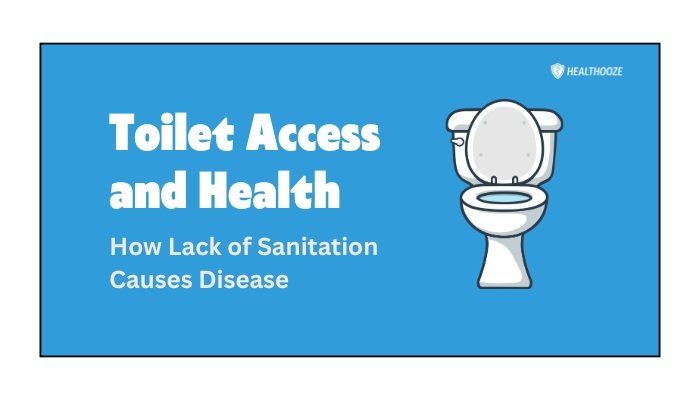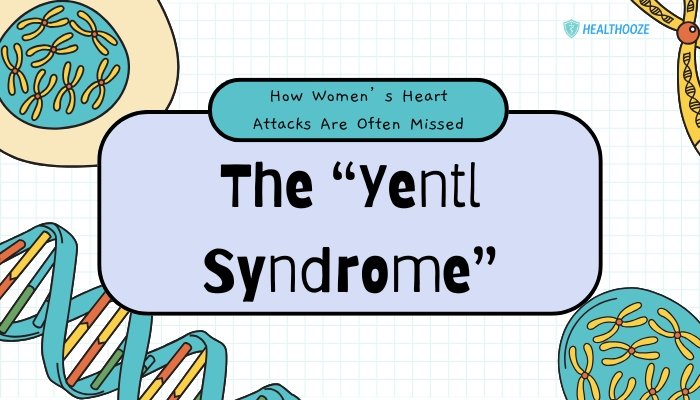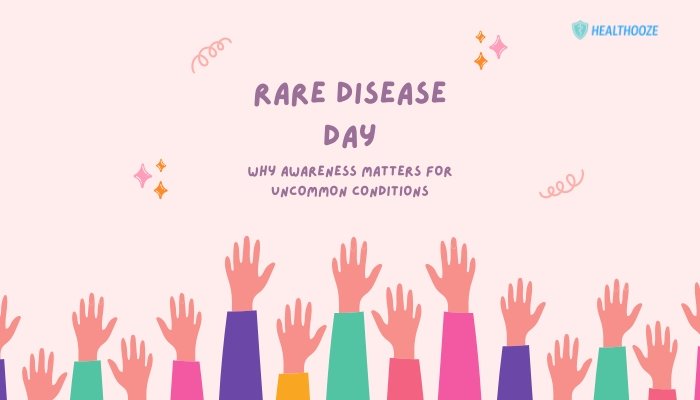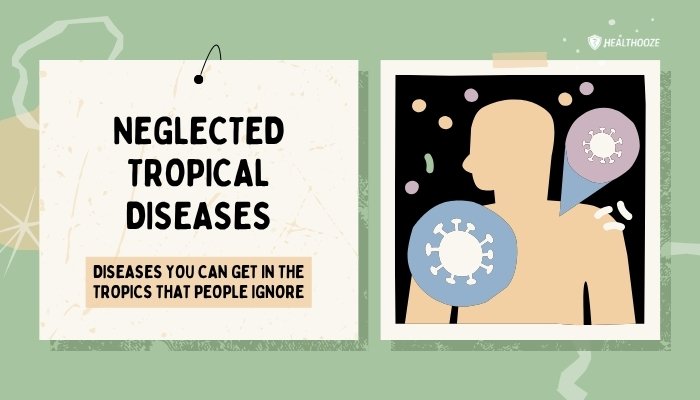Introduction
Billions of people worldwide live without access to safe toilets, leading to serious public health concerns. Poor sanitation lets harmful pathogens contaminate water sources and surfaces, causing diarrhea, cholera, and countless other preventable illnesses.
Additionally, people forced to defecate outdoors—particularly women and children—face higher risk of assault, lost dignity, and disrupted education.
This article uncovers how the simple presence of functional toilets and waste management drastically improve health outcomes, prevent disease, and foster overall well-being in communities.

The Scope of the Toilet Access Crisis
Global Sanitation Deficit
According to UNICEF and WHO data, around 3.6 billion people lack safe sanitation services. Some live in slums with shared pit latrines, while others have no facilities at all, leading to open defecation in fields, roadsides, or bodies of water. Overcrowded conditions or remote regions compound difficulties in building and maintaining stable toilets.
Social Consequences
- Lost Privacy and Safety: Women or adolescent girls going outdoors after dark may encounter harassment, violence, or exposure to wildlife.
- Educational Disruption: Lack of toilets at schools particularly affects girls, who might skip classes during menstruation or drop out entirely if facilities are inadequate.
Pathways Linking Poor Sanitation to Disease
Fecal-Oral Contamination
Without hygienic disposal, fecal matter easily mixes with local water or food sources. People ingest bacteria, viruses, or parasites that flourish in unsanitary environments, triggering outbreaks of diarrheal diseases.
Parasite Transmission
Organisms like roundworms or hookworms pass through contaminated soil or water. Children playing barefoot in areas used for open defecation frequently become infected, stunting their growth and interfering with cognitive development.
Vector Breeding Grounds
Stagnant water or uncovered waste can attract flies, mosquitoes, and other insects. These vectors spread malaria, dengue, or other infections more quickly when they breed in or near unclean sanitation sites.
Key Diseases Tied to Lack of Toilets
Diarrheal Illnesses
Cholera, dysentery, and other diarrheal diseases rank among the leading causes of death in children under five. The cyclical pattern of poor sanitation fueling repeated exposure leads to chronic malnutrition and vulnerability to further infections.
Typhoid and Hepatitis
Eating or drinking contaminated materials spreads typhoid fever and certain types of hepatitis (A and E). Poorly managed waste systems let these pathogens move swiftly through communities, especially during floods or rainy seasons.
Schistosomiasis
Inadequate sanitation near freshwater allows snail hosts to multiply, exposing people who bathe, swim, or wade in infected waters. Schistosomiasis can damage the liver, kidneys, and bladder over time, reducing quality of life.
Solutions and Improvements
Infrastructure and Maintenance
- Low-Cost Latrines: Community-led total sanitation projects encourage building and using simple latrines to minimize open defecation.
- Sustainable Toilets: Eco-friendly designs (composting toilets) that handle waste more hygienically, especially in rural or off-grid regions.
Education and Behavioral Change
Promoting handwashing with soap after using the toilet or before meals drastically cuts infection spread. Public health campaigns demystify taboos, encouraging consistent latrine usage and maintenance.
Policy and Funding
National governments, NGOs, and international bodies like the WHO or UNICEF collaborate on Water, Sanitation, and Hygiene (WASH) programs, channeling funding toward local empowerment. Governments can legislate for mandatory sanitation facilities in schools, markets, and public spaces.
Personal and Community Action
Local Engagement
Trained community members spread knowledge of sanitation benefits, build acceptance of new toilet structures, and lead by example using and maintaining them. Peer pressure can nudge neighbors away from open defecation.
Technology and Innovation
Startups or philanthropic labs design low-cost, durable toilets that adapt to local climates, ensuring minimal water usage or simpler waste disposal. Some solutions transform waste into fertilizer or energy, adding incentives for upkeep.
Advocacy and Awareness
By discussing the significance of safe toilets at health fairs or community gatherings, participants see the direct correlation between improved facilities and reductions in illness. Empowered communities push local councils for real sanitation progress.
Conclusion
From diarrhea to parasitic infections, the absence of proper toilets can devastate entire communities, turning something as fundamental as defecation into a life-threatening risk. But addressing the root causes of this sanitation gap—providing functioning, clean toilets and consistent public education—dramatically cuts disease burden and fosters healthier living. Strengthening partnerships among governments, nonprofits, and local stakeholders ensures that the basic right of hygienic sanitation extends to all, culminating in a future where no one must compromise their dignity or well-being just to meet a daily biological need.
References
- WHO/UNICEF Joint Monitoring Programme (JMP): Progress on household drinking water, sanitation, and hygiene.
- UNICEF. The State of the World’s Children: Water and sanitation updates.
- UN Water. Global analysis and assessment of sanitation and drinking-water.





